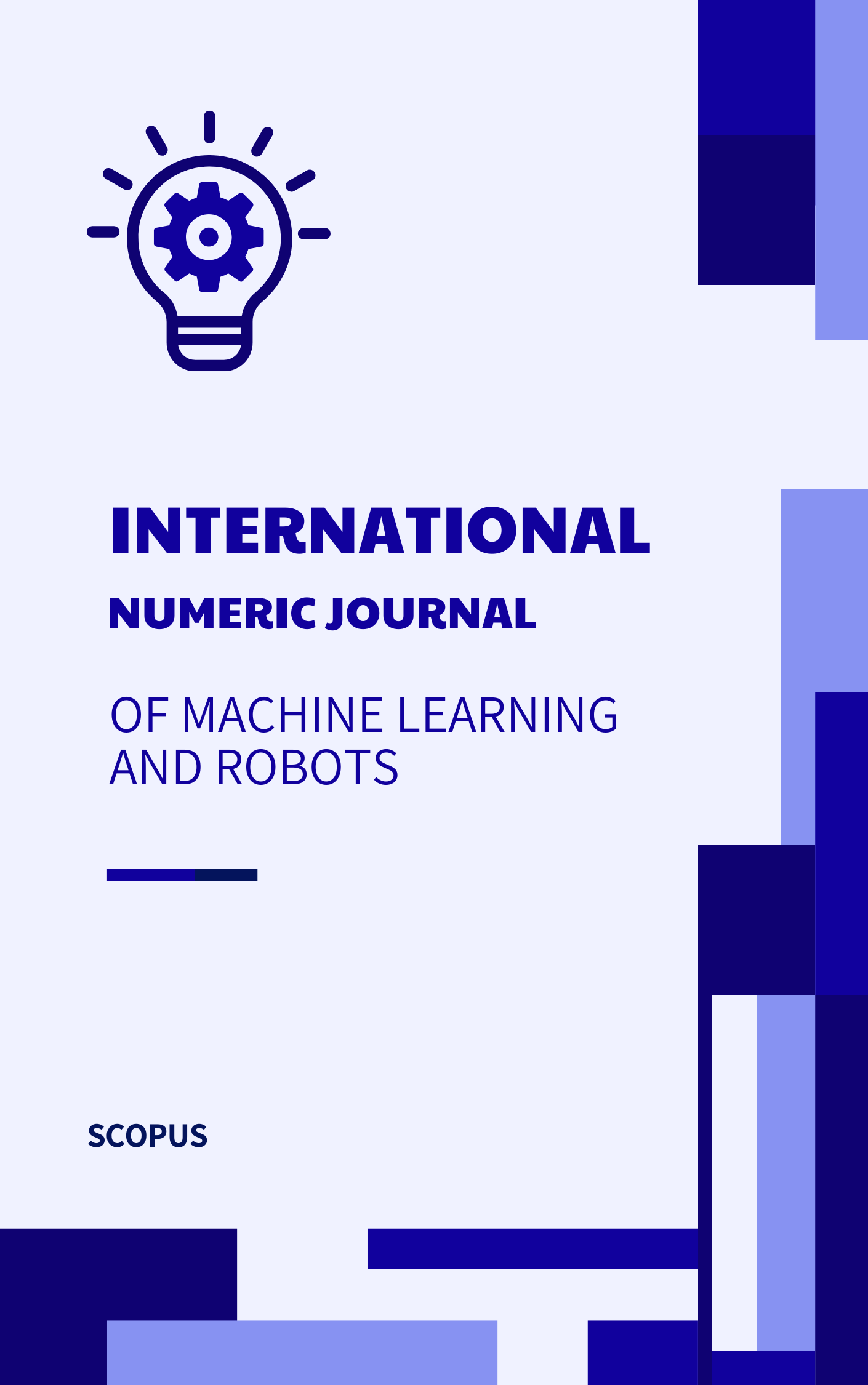Advancements in Swarm Robotics for Environmental Monitoring
Abstract
Swarm robotics has emerged as a promising paradigm for environmental monitoring applications due to its scalability, adaptability, and robustness. This abstract provides an overview of the recent advancements in swarm robotics for environmental monitoring, highlighting key developments in sensor deployment, communication, and coordination strategies. The integration of machine learning techniques and the utilization of heterogeneous robotic agents have expanded the capabilities of swarm systems, enabling them to tackle a wide range of monitoring tasks in challenging environments. This paper discusses five seminal references that have significantly contributed to the progress in this field
References
Chaitanya Krishna Suryadevara, “TOWARDS PERSONALIZED HEALTHCARE - AN INTELLIGENT MEDICATION RECOMMENDATION SYSTEM”, IEJRD - International Multidisciplinary Journal, vol. 5, no. 9, p. 16, Dec. 2020.
Suryadevara, Chaitanya Krishna, Predictive Modeling for Student Performance: Harnessing Machine Learning to Forecast Academic Marks (December 22, 2018). International Journal of Research in Engineering and Applied Sciences (IJREAS), Vol. 8 Issue 12, December-2018, Available at SSRN: https://ssrn.com/abstract=4591990
Suryadevara, Chaitanya Krishna, Unveiling Urban Mobility Patterns: A Comprehensive Analysis of Uber (December 21, 2019). International Journal of Engineering, Science and Mathematics, Vol. 8 Issue 12, December 2019, Available at SSRN: https://ssrn.com/abstract=4591998
Chaitanya Krishna Suryadevara. (2019). A NEW WAY OF PREDICTING THE LOAN APPROVAL PROCESS USING ML TECHNIQUES. International Journal of Innovations in Engineering Research and Technology, 6(12), 38–48. Retrieved from https://repo.ijiert.org/index.php/ijiert/article/view/3654
Chaitanya Krishna Suryadevara. (2020). GENERATING FREE IMAGES WITH OPENAI’S GENERATIVE MODELS. International Journal of Innovations in Engineering Research and Technology, 7(3), 49–56. Retrieved from https://repo.ijiert.org/index.php/ijiert/article/view/3653
Chaitanya Krishna Suryadevara. (2020). REAL-TIME FACE MASK DETECTION WITH COMPUTER VISION AND DEEP LEARNING: English. International Journal of Innovations in Engineering Research and Technology, 7(12), 254–259. Retrieved from https://repo.ijiert.org/index.php/ijiert/article/view/3184
Chaitanya Krishna Suryadevara. (2021). ENHANCING SAFETY: FACE MASK DETECTION USING COMPUTER VISION AND DEEP LEARNING. International Journal of Innovations in Engineering Research and Technology, 8(08), 224–229. Retrieved from https://repo.ijiert.org/index.php/ijiert/article/view/3672
Bonabeau, E., Dorigo, M., & Theraulaz, G. (1999). Swarm Intelligence: From Natural to Artificial Systems. Oxford University Press.
Correll, N., et al. (2018). Robotic Sensor Nodes for Environmental Monitoring. Science Robotics, 3(16), eaat4864.
Trianni, V., et al. (2019). Evolutionary Robotics for Swarm Robotics: A Survey. Swarm Intelligence, 13(2-3), 91-133.
Kumar, V., & Michael, N. (2012). Opportunities and Challenges with Autonomous Micro Aerial Vehicles. The International Journal of Robotics Research, 31(11), 1279-1291.
Ribeiro, A., et al. (2012). RoboBees: Toward Flying Miniaturized Robots. IEEE Robotics & Automation Magazine, 19(3), 14-24.





